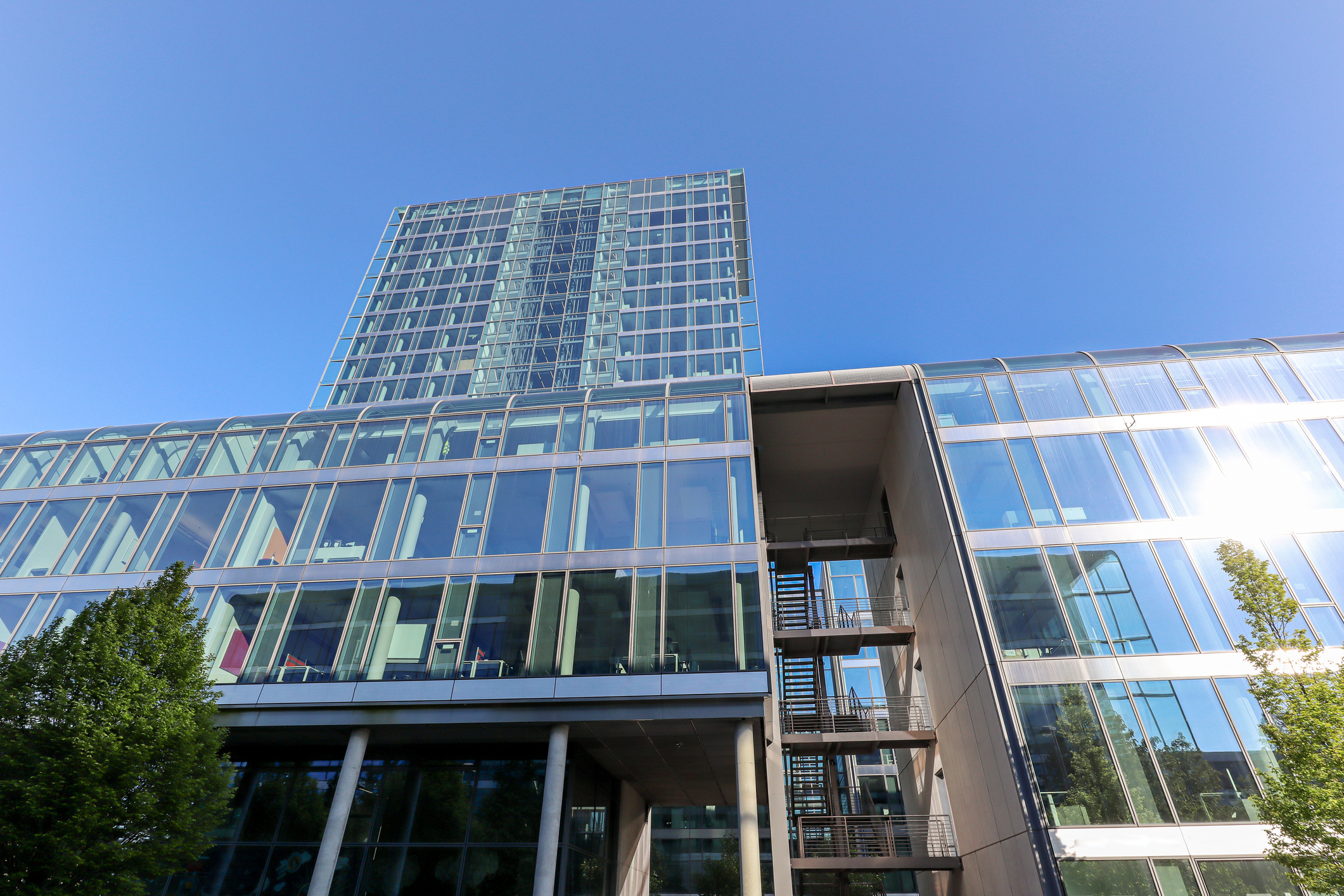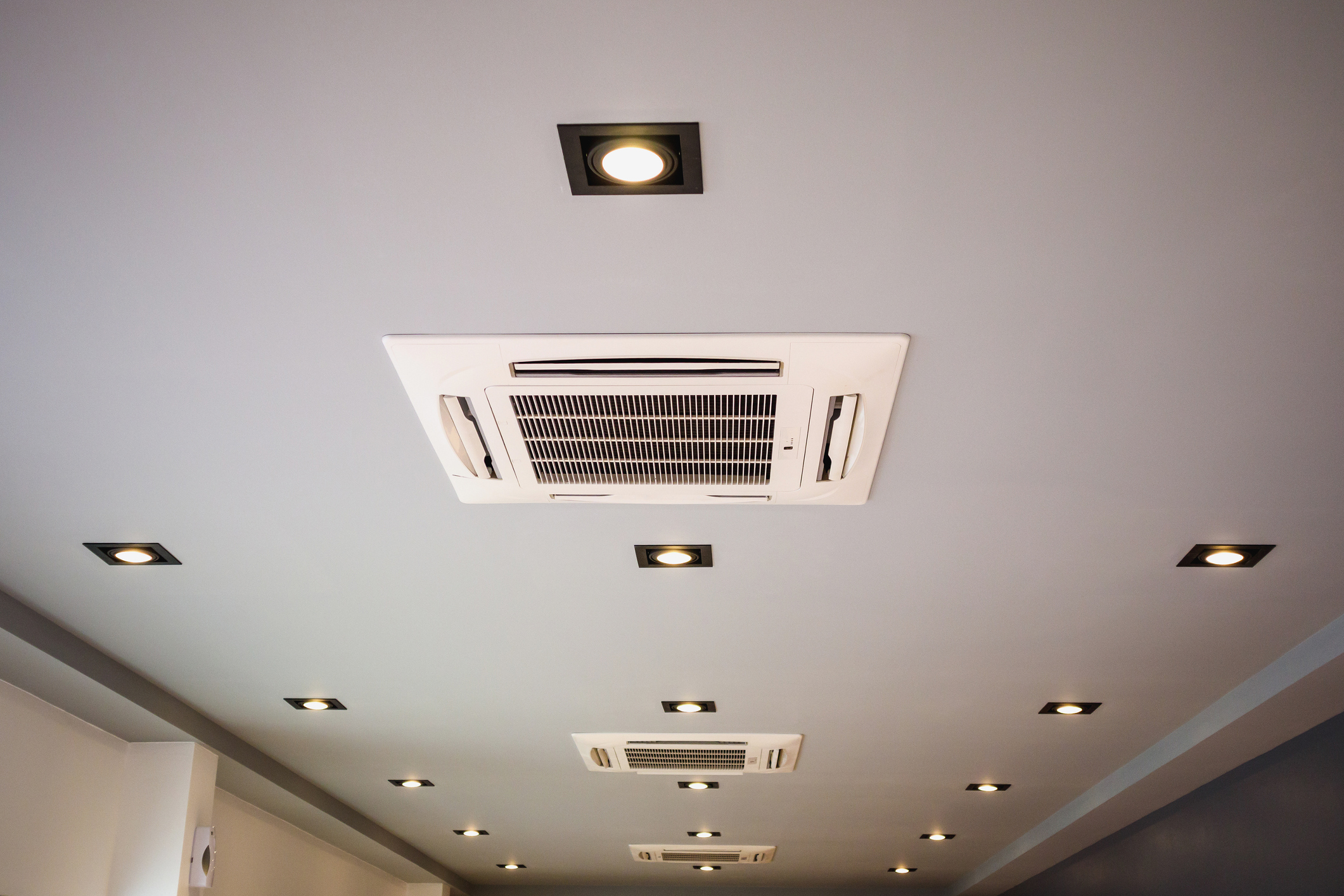Commercial real estate tenants have more options right now, including the option to forgo offices altogether in favor of work from home. Consequently, property teams are looking for creative ways to gain leasing advantages, such as joining green building certification programs.
A few decades ago, green construction was a niche market, mainly for high-end homeowners. Now the phenomenon is mainstream, finding firm footing in the commercial real estate industry. Even during COVID-19, property management companies spent spent over $79 billion on green construction around the globe in 2020.
It’s easy to see why, given the benefits of green building certification. Studies show green properties command higher rents and occupancy rates. With society becoming more socially and environmentally conscious, sustainable building practices have gone from a nice-to-have to a deal-breaker.
However, given the number of green certifications available, it can be difficult to separate legitimate options from marketing gimmicks. So Building Engines created a list of the most reputable green building certifications to help you attract and retain tenants.

LEED
The Leadership in Energy and Environmental Design (LEED) program offered by the United States Green Building Council is the most widely used green building certification program in the world. In the United States alone, over 100,000 commercial properties worldwide are certified with LEED.
(Fun fact: The Empire State Building boasts LEED certification. Check out other famous LEED certified buildings.)
LEED measures performance in the following areas:
- Location and transportation
- Materials and resources
- Water efficiency
- Energy and atmosphere
- Sustainable sites
- Indoor environmental quality
- Innovation
- Regional priority credits
This points-based system awards certifications in silver, gold, or platinum designations depending on a building’s final score.
LEED’s pricing model depends on the size and scope of the project, with expedited certification options available for those facing a time crunch.
Energy Star
You usually find the ubiquitous Energy Star sticker on home appliances like lightbulbs and refrigerators. But the United States Environmental Protection Agency (EPA) sponsored program is available for commercial buildings as well. In 2020 alone, the Energy Star program helped commercial buildings and industrial plants save $14 billion in energy costs.
To be eligible for ENERGY STAR certification, a building must score 75 or higher on the EPA’s 1–100 scale. Buildings are evaluated against similar properties and awarded scores for areas including server count, propane and energy usage, and more. To clarify, earning ENERGY STAR certification means a building performs better than at least 75 percent of similar buildings nationwide.
The typical cost for an Energy Star building certification is around $1,500. You must renew the certification annually.
BREEAM
Originating in the United Kingdom in 1990, the Building Research Establishment Environmental Assessment Method (BREEAM) quickly reached international renown and is now used in over 70 countries. BREEAM measures the performance of new construction and in-use commercial buildings in nine categories:
- Transport
- Management
- Health and Wellbeing
- Energy
- Water
- Resources
- Resilience
- Land Use and Ecology
- Pollution
The BREEM program operates entirely online for in-use buildings, eliminating the need to coordinate schedules and site visits. Users can register their buildings, answer questions, and instantly receive a performance score.

Living Building Challenge
The Living Building Challenge can be applied to new and existing construction in virtually all real estate sectors. Living Buildings boast net-zero or net-positive energy, and are free of toxic chemicals.
To win this elusive certification, a building must be carefully monitored for a full calendar year. Performance categories (known as Petals) include Place, Water, Energy, Health and Happiness, Materials, Equity, and Beauty.
The certification fee is between $5 and $15,000 depending on the level of certification desired, and must be renewed every two years.
Green Globes
Offered by the Green Building Initiative, the Green Globes could be seen as a more flexible alternative to LEED or Energy Star. Building owners and operators can select which performance categories best fit their building type and occupants’ needs and receive assessments as a result.
To achieve this certification, eligible buildings must earn at least 35 percent of the 1,0000 points available to a project. This program is a solid option for teams looking for extra guidance—the Green Globes offers a full-time dedicated expert for each project.

Beware “Greenwashing”
Bad actors inevitably exploit popular trends like sustainable buildings. Building owners and operators should be alert to “greenwashing” when selecting construction companies or technology vendors. Greenwashing describes using false or misleading claims about the sustainability of a company’s products, services, or processes.
Avoid falling victim to greenwashing with third party verification from a source like Ecolabel Index, the largest global directory of ecolabels. It tracks labels across 25 industry sectors.
Green Building Certification is Red Hot
In the past, creating green buildings cost a high premium because of limited, immature technology, and a small talent pool of green construction professionals.
Things have changed. Green technology vendors are multiplying fast, driving fair competition and pricing transparency. Property teams no longer need to bust their budget to improve properties’ sustainability.
Pursuing a green building certification is an excellent way for a property team to gain a competitive edge in the next phase of commercial real estate’s evolution.
To discover other ways to gain a competitive edge in a post-COVID world, attend Building Engines’ webinar, The Future of Commercial Offices: 4 Keys to a Successful Post-COVID Reopening.










